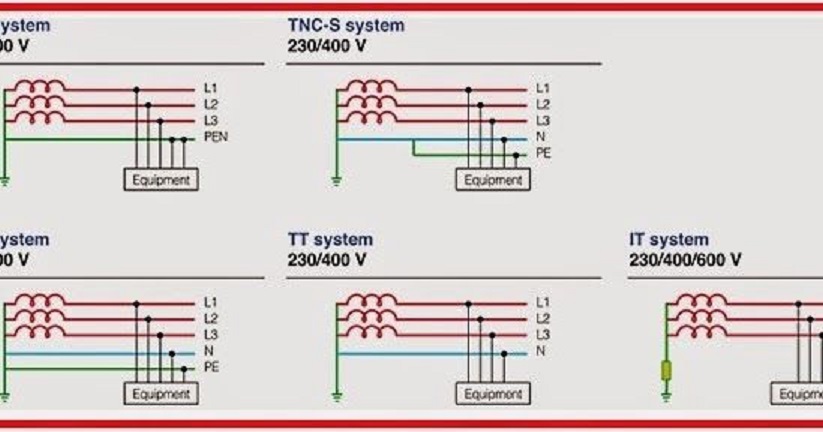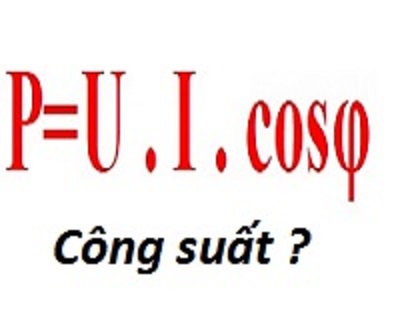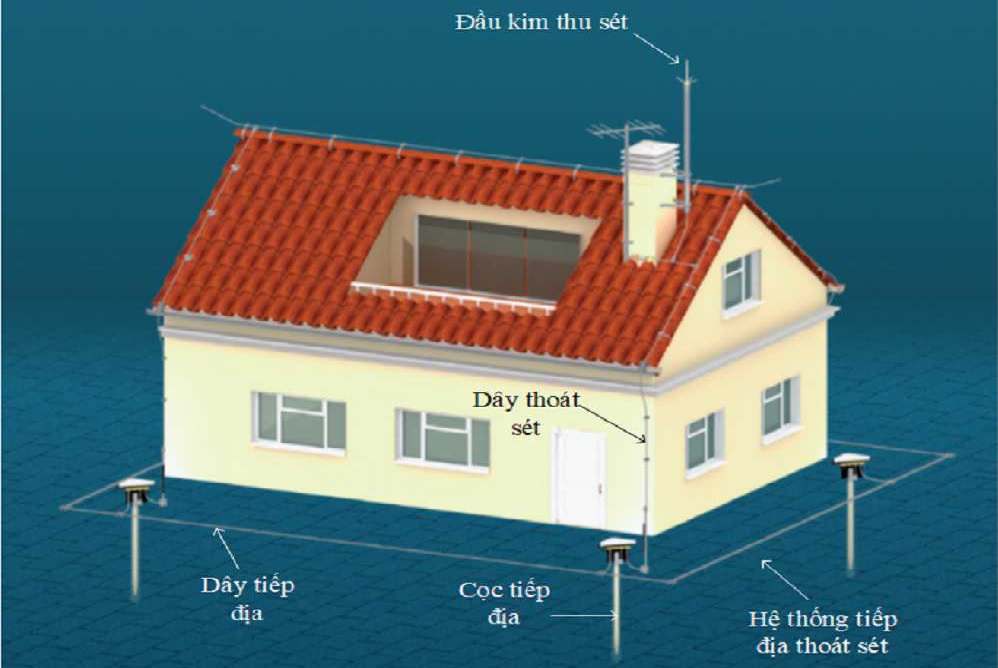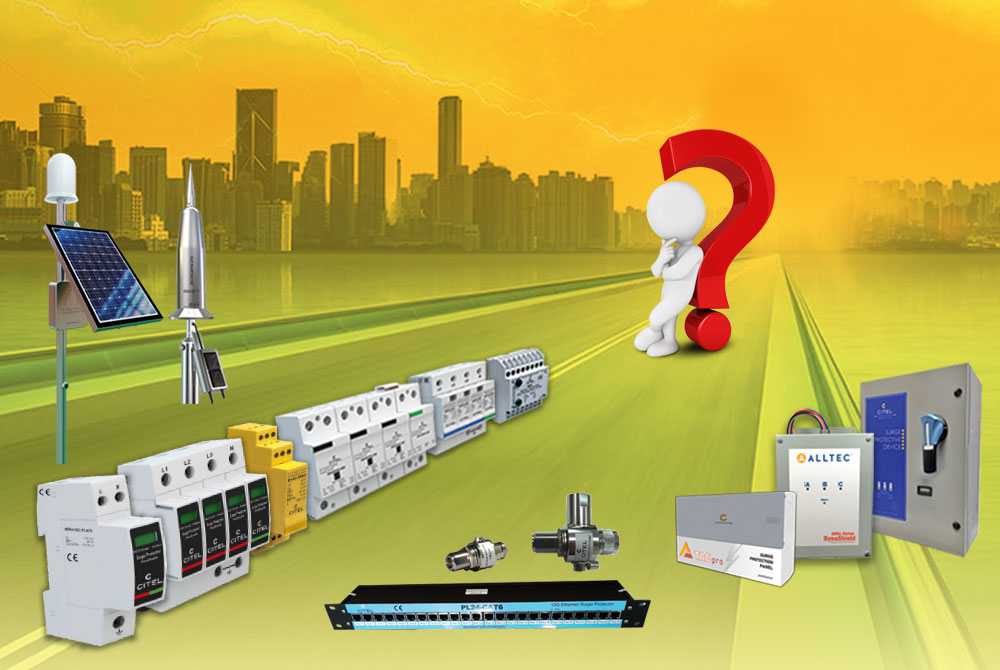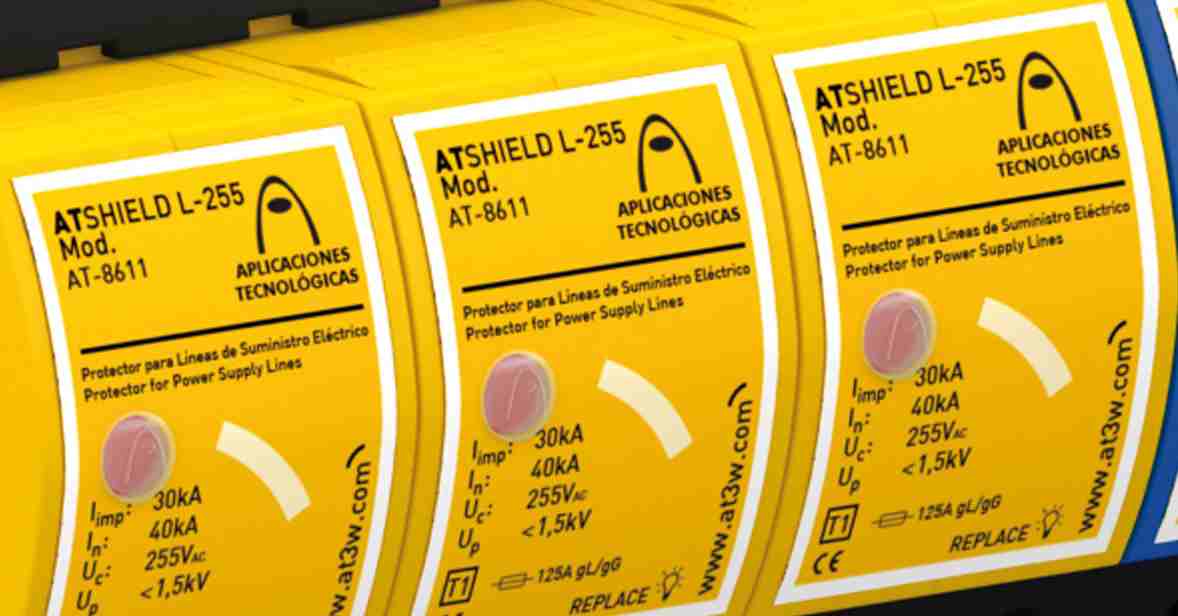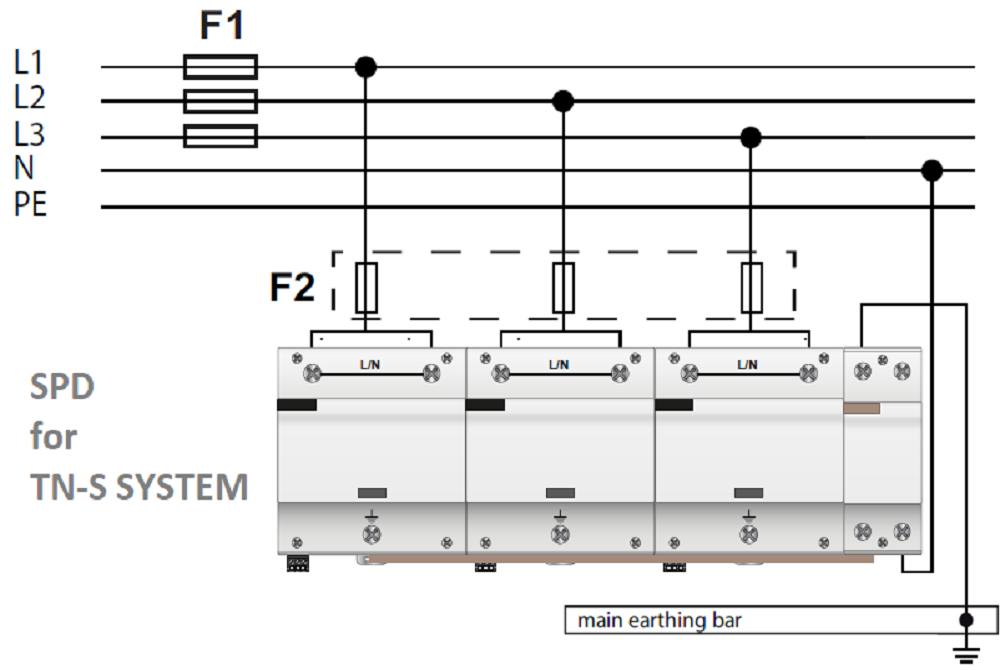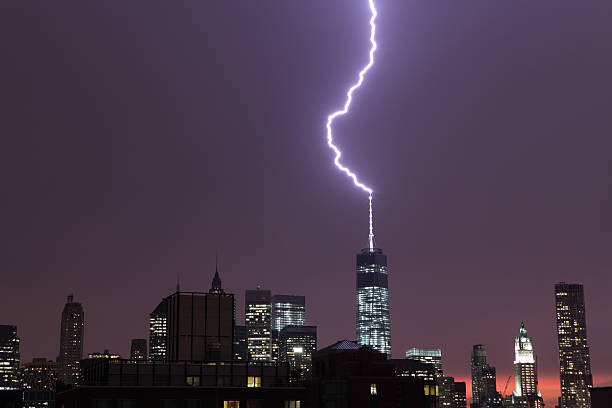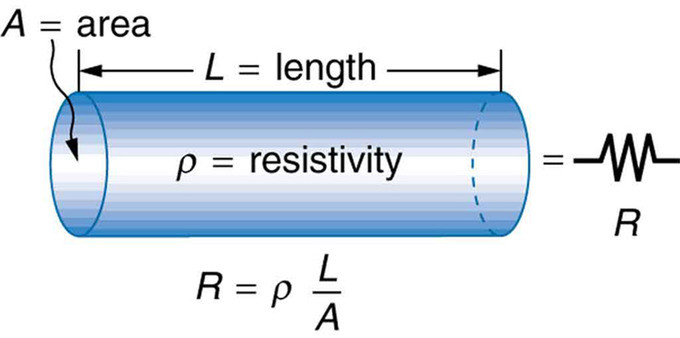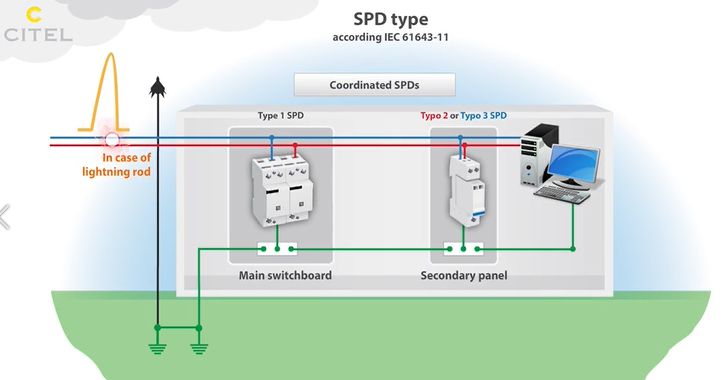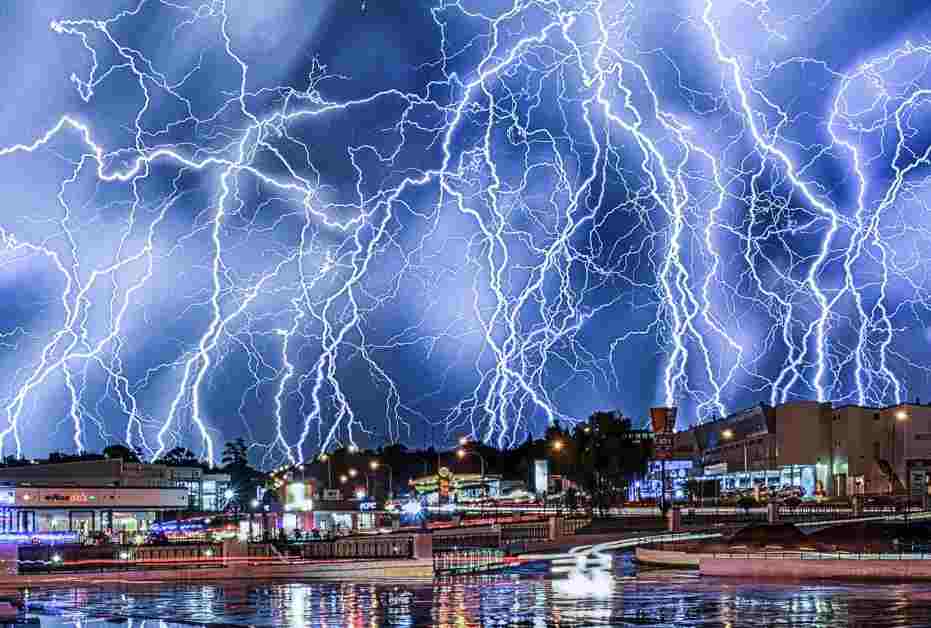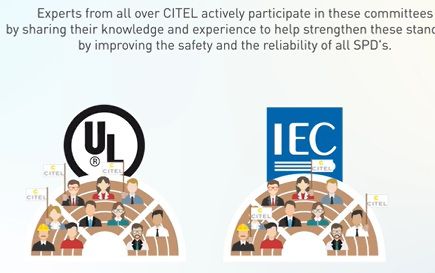Standards on Lightning Protection of International, Vietnam and other countries
1. International standards
IEC Standards
IEC 60364 Electrical installations of buildings.
- IEC 60364-5-534 : Devices for protection against overvoltages.
- IEC 60364-4-443 : Protection against overvoltages.
IEC 61024 : Protection of structures against lightning.
IEC 61312 : Protection against lightning electromagnetic impulses (LEMP).
- IEC 61312-1 : General Priciples.
- IEC 61312-2 : Shielding of structure, bonding inside structure and earthing.
- IEC 61312-3 : Requirements of SPD.
IEC 61643 Low voltage surge protective devices.
- IEC 61643-11:2011: Surge protective devices connected to low-voltage power systems - Requirements and test methods.
- IEC 61643-12:2020 : Surge protective devices connected to low-voltage power systems - Selection and application principles.
- IEC 61643-21:2012 : Surge protective devices connected to telecommunications and signalling networks - Performance requirements and testing methods.
- IEC 61643-22:2015 : Surge protective devices connected to telecommunications and signalling networks - Selection and application principles.
- IEC 61643-31:2018 : Requirements and test methods for SPDs for photovoltaic installations.
- IEC 61643-32:2017 : Surge protective devices connected to the d.c. side of photovoltaic installations - Selection and application principles.
- IEC 61643-311:2001 : Components for low-voltage surge protective devices” - Specification for gas discharge tubes (GDT).
IEC 61662 (1996-05) Assessment of risk of damage due to lightning.
IEC 61663 Protection of telecommunication lines against lightning.
- IEC 61663-1 Fibre optic installations.
- IEC 61663-2 Lines using metallic conductors.
IEC62305 Protection against lightning.
- IEC 62305-1 General principles.
- IEC 62305-2 Risk management.
- IEC 62305-3 Physical damage to structures and life hazard.
- IEC 62305-4 Electrical and electronic systems within structures.
Các tiêu chuẩn của IEEE Standards
IEEE C62.72™-2007 Guide for Aplication of SPD for Low Voltage (1000V or less) AC Power Circuits.
IEEE C62.41. 1™-2002 Guide on the Surge Environment in Low-Voltage (1000 V and Less) AC Power Circuits.
IEEE C62.41.2™-2002 Recommended Practice on Characterization of Surges in Low-Voltage (1000 V and Less) AC Power Circuits.
IEEE C62.11-1999 (Revision of IEEE Std C62.11-1993) Standard for Metal-Oxide Surge Arresters for AC Power Circuits (> 1 kV).
IEEE C62.36-1994 Test methods for Surge Protectors used in Low voltage Data, Communications and Siganaling Circuits.
IEEE C62.41-1991 Recommended Practice on Surge voltages in Low-Voltage AC Power Circuits.
IEEE C62.31-1987 Test Specifications for Gas - Tube Surge - Protective Devices.
ITU-T Recommendation
K.11: Principles of protection against overvoltages and overcurrents.
K.12: Characteristics of GDTs for protection of telecom installations.
K.15: Protection of remote-feeding equipment and repeaters.
K.20: Resistivity of telecom equipment in telecom centre to overvoltages and overcurrents.
K.21: Resistivity of subscriber’s terminal to overvoltages and overcurrents.
K.22: Overvoltage resistivity of equipment connected to ISDN T/S bus.
K.27: Bonding and Earthing in a Telecom Building.
K.31: Bonding and Earthing in a Subscriber’s Building.
K.35: Bonding and Earthing in a remote electronic sites.
K.36: Selections of protectives devices for telecom lines.
K.39: Risk assessment of damages to telecom sites due to lightning.
K.40: Protection against LEMP in telecom centres.
K.41: Resistivity of internal interfaces of telecom centres to overvoltages.
K.44: Resistivity of Telecom equipment to overvoltages and overcurrents.
K.45: Resistivity of access network equipment to overvoltages and overcurrents.
K.46: Protection of telecommunication lines using metallic symmetric conductors against lightning-induced surges.
K.47: Protection of telecommunication lines using metallic conductors against direct lightning discharges.
K.55: Overvoltage and overcurrent requirements for insulation displacement connectors (IDC) terminations.
K.56: Protection of radio base stations against lightning discharges.
K.57: Protection measures for radio base stations sited on power line towers.
2. National standards
US Standards
ANSI/IEEE 81-1983 Guide for Measuring Earth Resistivity, Ground Impedance, and Earth Surface Potentials of a Ground System.
UL 96A-2007 Installation Requirements for Lightning Protection Systems.
NFPA 780-2008 Installation of Lightning Protection Systems.
API-2003 Protection against Ignitions Arising Out of Static, Lightning and Stray Currents.
AAF-20 (6950-10A) Practices and Procedures for Lightning protection, Grounding, Bonding and Shielding Implementaion.
REA Bulletin 1751F-802 Electrical Protection Grounding Fundamentals.
RUS Bulletin 1751F-801 Electrical Protection Fundamentals.
British Standards
BS 7430:1998 Code of practice for Earthing.
BS 6651:1999 Code of practice for protection of structures against lightning.
BS EN 50164 Lightning protection components (LPC).
- BS EN 50164-1 Requirements for connection components.
- BS EN 50164-2 Requirements for conductors and earth electrodes.
BS EN 62305:2006 Protection against lightning.
- BS EN 62305-1:2006 General principles.
- BS EN 62305-2:2006 Risk management.
- BS EN 62305-3:2006 Physical damage to structures and life hazard.
- BS EN 62305-4:2006 Electrical and electronic systems within structures.
Spanish Standards
UNE 21 186 – 1996 Protection of structures and of open areas against lightning using early streamer emission air terminal.
France Standards
NF C 17-102:1995 Protection of structures and of open areas against lightning using early streamer émission air terminals.
NF C 17-100:1995 Protection of structures and of open areas against lightning using traditional air terminal.
Vietnamese Standards
TCVN 4756: 1989 : Rules for grounding connection of electrical equipment.
TCVN 9385:2012 : Protection of structures against lightning - Guide for design, inspection and maintenance
TCVN 8071:2009 : Telecommunication plant – Code of practice for lightning protection and earthing.
QCVN 9:2010/BTTTT : National technical regulation on earthing of telecommunication stations.
QCVN 32:2011/BTTTT : National technical regulation on lightning protection for telecommunication stations and outside cable network




